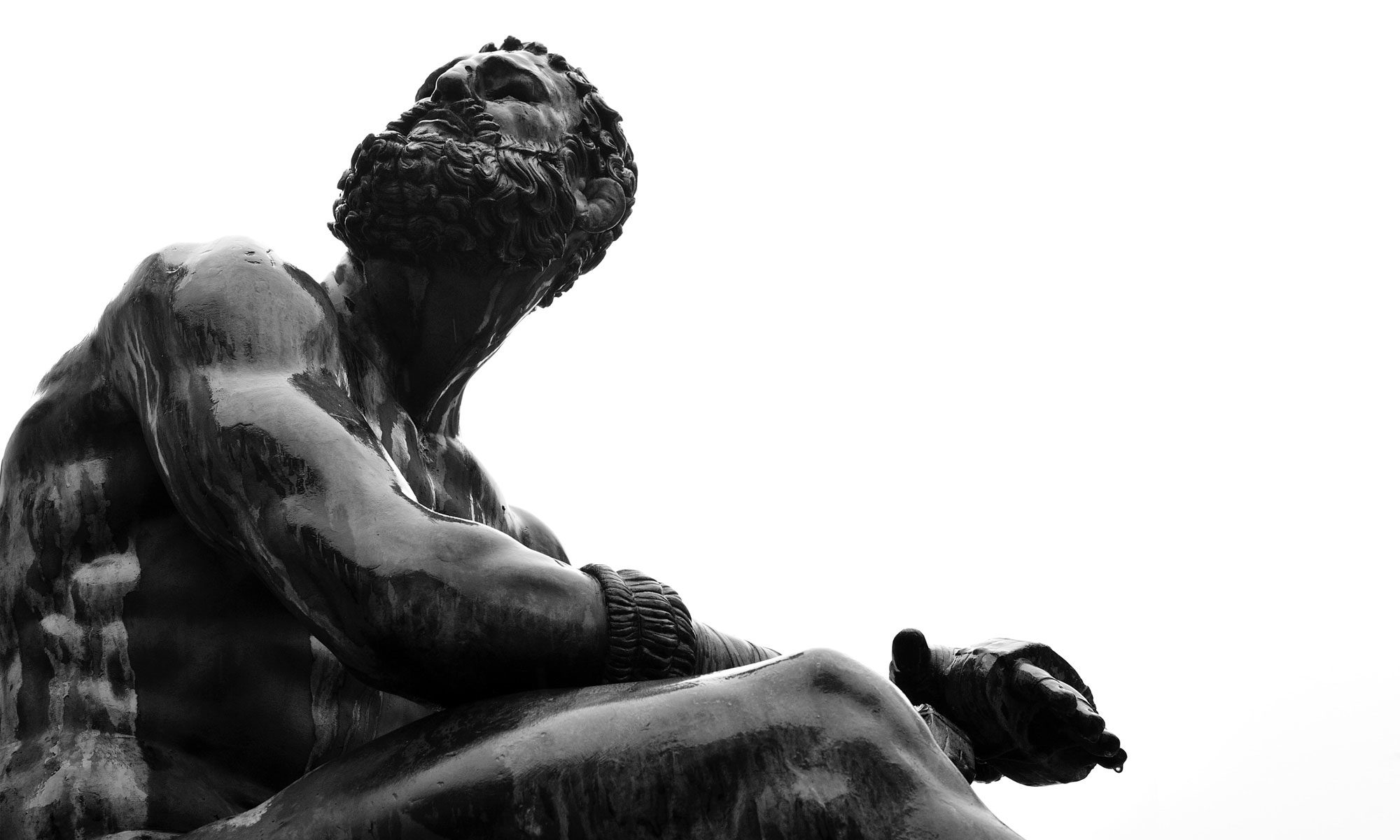(Note: this post continues a series exploring the democratic foundation of credit unions)
President Eisenhower:
“Dictatorial systems make one contribution to their people which leads them to tend to support such systems—freedom from the necessity of informing themselves and making up their own minds concerning…tremendous complex and difficult questions. But while this responsibility is a taxing one to a free people it is their great strength as well—from millions of individual free minds come new ideas, new adjustments to emerging problems, and tremendous vigor, vitality and progress…. While complete success will always elude us, still it is a quest which is vital to self-government and to our way of life as free men.”
This year’s fall election cycle, allbeit limited, is putting the issue of what American democracy means front and center. Some believe it is about majority rule-the winner calls all the shots. Others have a more nuanced view of participation, diverse representation and compromise.
One of the ways citizens in America learn about democratic practice is its use in the many civic and public organizations in which we all participate: churches, local elections, volunteer and nonprofit groups.
Credit unions are designed to be democratically governed. One person, one vote. The primary means for how this process is exercised is at the members’ annual meeting and the election to fill board openings.
Practice Without Substance
In a conversation with a long-time credit union member ( joined at age 5 in 1966) he said he never saw an actual election. Instead he learned the Chair would appoint a nominating committee led by the Vice Chair. That committee selected just the number of persons as there were open seats. The candidates were all familiar faces from the existing board or “associate board” members. The test was loyalty-would they “go along to get along” with the rest of the board. The tenures of several of these board members extended cases over three decades.
This description would be familiar to many credit union boards. The election process is managed to perpetuate the incumbents or their fellow travelers. It is democratic in neither practice nor theory. In the end the credit union is led by persons who believe in their special skills or status to remain in office for as long as they wish.
The justification for this self-perpetuating board selection is the idea of a “leadership class” similar to trustees, that should not have to answer to voting owners, let alone face a contested election. This is especially so when external factors suggest satisfactory organizational performance. Why tinker with success? Aren’t we doing what is expected, and leading well enough?
Without Elections, Institutions Decay
However, when a minority, no matter how talented, takes control of a credit union board and its selection process, the responsiveness and accountability of the institution to its member owners is at risk. Which means the future of the credit union is not in the hands of the members, but of a small group who eventually may tire of the task and decide to end the charter—not find new leaders.
The penultimate example is when these self-selected insiders chose to sellout their credit unions history and enter into a merger. This ending destroys generations of value and loyalty for immediate payouts to the CEO and rhetorical promises for the future under leadership the members had no role in selecting.
Without the annual accountability via elections, the “leadership class” will become conditioned to act unilaterally. This isolation is one reason why the number of credit unions has fallen from 6,000 to 4,000 in just the past seven years– an attrition almost all via mergers of sound institutions.
These are not financial failures. They are failures of leadership and morale. And it all depends on having a passive, uninvolved membership that will act as a customer and not owners-especially at the annual meeting.
Why Credit Union Democrative Practice Matters
Democracy is about more than elections. Even autocracies pretend to elect their leaders. Real elections ultimately undergird freedoms. As Richard Rohr has stated in another context: But it’s a freedom we must choose for ourselves. It is almost impossible to turn away from what seems like the only game in town (political, economic, or religious), unless we have glimpsed a more attractive alternative. It’s hard to imagine it, much less imitate it, unless we see someone else do it first.
The example of freedom and self-governence is the ultimate benefit credit unions contribute to a democratic society. Without elections, the special economic opportunities from cooperative design will sooner or later be compromised by the allure of capitalist inspired greed.
